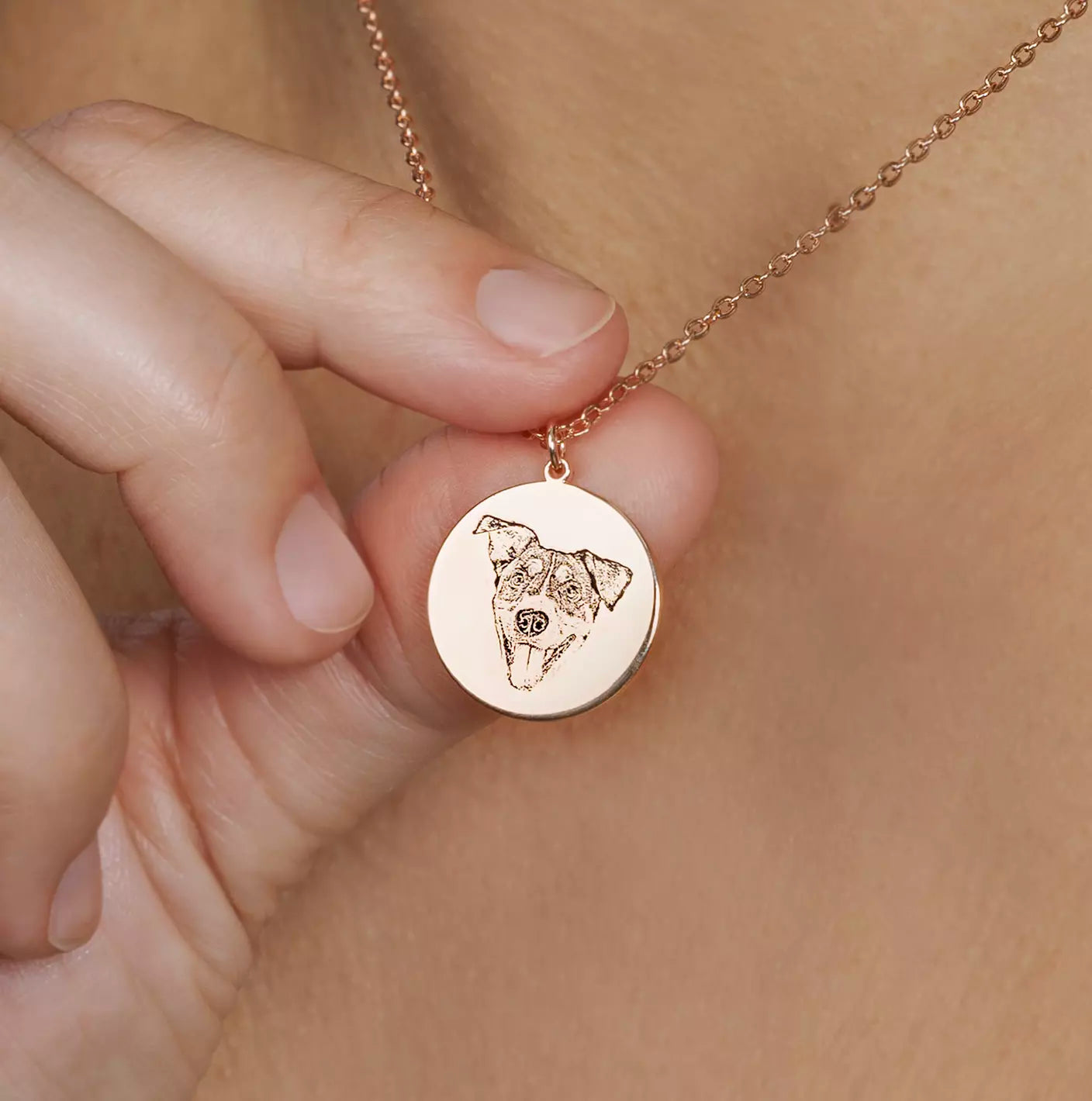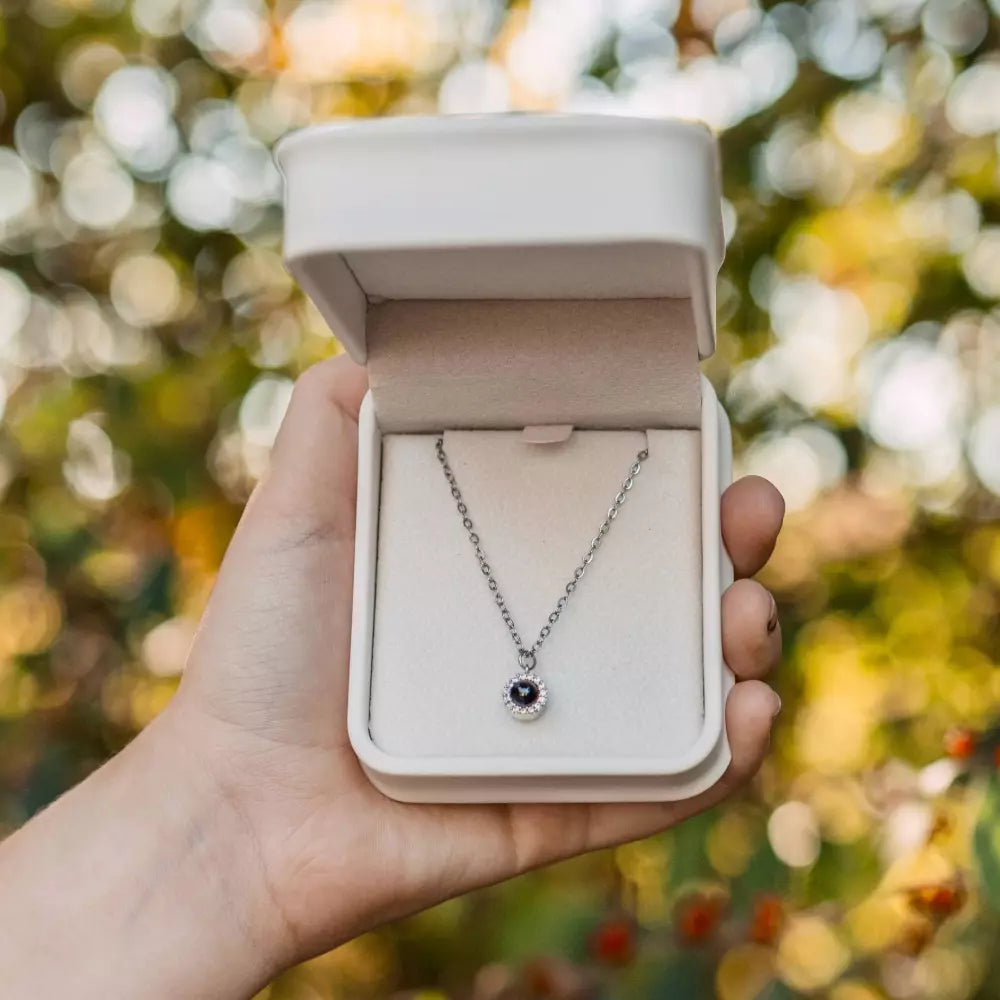Unlike their omnivorous canine cohorts, cats are carnivores. In fact, according to the ASPCA, cats are obligate carnivores. This means that cats require meat in their diet to survive, specifically the high levels of protein and taurine meat provides. In short, your cat should not be fed a vegetarian or vegan diet. So thenwhy do cats eat houseplants, especially considering the huge number ofhouseplants poisonous to cats?
This question is the bane of green thumbs everywhere! Whether they’re treating your prized peace lily as a litter box or taking a nibble off its beautiful leaves (spoiler: don’t let them do that), it can prove to be a frustrating behavior to deal with.
Moreover, it can be dangerous and potentially life-threatening for your feline friends.
March is Pet Poison Prevention month, and according to Farmer’s Almanac,“Over 700 indoor/outdoor plants contain toxic substances that are not safe for your dog or cat.” While there are simply too manyplants poisonous to cats to go through in a single blog post, we have compiled a list of 14 of the most common poisonous houseplants for cats. Many of these plants also pose a threat to dogs, so be sure to double-check to ensure your best friend’s safety.
Why do cats eat plants?
Before we jump into the list, it’s important to look into the reasons why your cat may be tempted to snack on your houseplants.
Despite their obligate carnivore status, there are a number of reasons behind why cats eat houseplants. Understanding their behavior is an excellent first step towards providing alternatives and keeping them safe:
Exploring their Environment: Cats and human babies share a distinctly defining trait - they explore their worlds with their mouths. According toDavid Drake, DVM, of Pressly Animal Hospital in Matthews, North Carolina,“Cats, like other animals and young children, learn about their surroundings by putting things in their mouths,” he says. “The cat likes the taste of the plant and therefore eats it.”And just like babies, this often leads to things that shouldn’t ever be in their mouths ending up there anyway. Instinctual Urge: Researchers from the UCLA Davis School of Veterinary Medicine think they may have cracked the case as to why cats eat houseplants! According totheir findings, eating plants may be an instinctual urge hard-coded into their DNA by their wild ancestors. Our feline friend’s ancestors likely ate plants to help remove worms and other parasitic creatures from their digestive tracts. While it’s far less likely that your indoor cat is afflicted with parasites, it’s still a fascinating peek into a cat’s instinctual motivations!Boredom: It’s fairly uncontroversial to say that an indoor cat is significantly safer than an outdoor cat. Staying indoors drastically lowers (and even eliminates) the risks posed by predators and exposure. However, as naturally intelligent hunters, indoor cats often experience a lack of enrichment that can lead to destructive behavior. Unfortunately, your plant babies may experience the brunt of this boredom, and if your houseplant is one of the ones listed below, this boredom could badly harm them.
Destructive behavior like eating houseplants can also be caused by an underlying medical condition. If your once houseplant-apathetic cat has turned its attention toward your prized aloe plant, it may be worthwhile to consider a trip to the vet.
14 Common Houseplants Poisonous to Cats
Please remember that no part of this list constitutes medical or veterinarian advice, and a medical professional or animal poison control hotline should always be your first contact if you have reason to believe your pet ate something poisonous. Instead, think of this list as a preventative checklist!
Aloe
A common curative for sunburn and other skin irritations, aloe is an exceedingly common houseplant. It is exceptionally low maintenance and is as functional as it is fashionable.
However, the white latex part of the plant’s leaves is quite dangerous for our cats! The compounds found within this part of the plant cause intestinal distress and can lead to diarrhea, vomiting, and intense discomfort.
Peace Lily
While the damaging effects of Peace Lily aren’t likely to cause long-term harm to your pet, eating any part of this plant will cause immense pain and discomfort in the immediate.
According to the Pet Poison Helpline, peace lilies contain calcium oxalate crystals, which pierce the sensitive tissues inside your cat’s mouth and throat. In extremely rare cases, this can lead to swelling of the upper airways which in turn causes difficulties breathing.
The good news is that unlike the rest of the lily family, which are extremely poisonous to cats, ingesting peace lilies will not lead to acute kidney failure!
Cardboard Palm
While the effects of the first two entries on our list are relatively mild (as mild as any harm to our pets can be considered, of course), the same cannotbe said of cardboard palm.
According to Wag Walking, “The cardboard palm plant contains cycasin, a carcinogenic toxin that causes mutation of genetic material.” This plant’s poisoning can cause sudden death in felines. Every part of the plant is poisonous, and as little as a single seed has been known to carry deadly consequences.
Symptoms of cardboard palm poisoning include jaundice, bloody vomiting/diarrhea, and signs of abdominal pain. If you have any reason to suspect your cat has eaten cardboard palm, contact your veterinarian immediately!
Poinsettia
Flower of the Holy Night, Flower of Christmas Eve, Crown of the Andes - the brilliant, crimson red leaves of the poinsettia flower are synonymous with the holiday season. No holiday decor scheme is complete without them!
However, these stunning flowers are mildly poisonous to our feline friends and, if eaten, can cause excessive drooling, vomiting, diarrhea, skin irritation, and eye irritation.
The good news for Christmas lovers is that the effects and dangers of poinsettia have been greatly exaggerated. While it certainly isn’t ideal for your cat to ingest poinsettia, most cases of poinsettia poisoning are milkd and medical intervention is rarely necessary.
English Ivy
Generally speaking, the extremely bitter taste of English ivy should deter your cat from taking more than a single bite. Unfortunately, one bite is more than enough for your cat to experience the painful effects of eating it.
English ivy contains triterpenoid saponins, which are frequently used in beverages and cleaning supplies for their foaming effects. However, in a cat’s mouth, this foaming effect leads to an immediate, painful burning sensation that can cause inflammation and irritation throughout the digestive and respiratory system.
Jade
The toxin in Jade that affects our furry feline friends is unfortunately unknown, but it’s effects certainly are not. All parts of the Jade plant are toxic to cats, and jade plant poisoning can prove fatal if left unattended.
The effects of Jade range from dermatitis via skin contact to vomiting, bradycardia (slowed heart rate), and loss of muscle control when ingested. Symptoms of depression can also be a telltale sign of jade plant poisoning, so be on the lookout for lack of grooming, uncharacteristic aggressive behavior, and excessive sleeping.
Elephant Ear
Similarly to the peace lily, elephant ears contain insoluble calcium oxalate crystals, which can lead to intense oral pain for your cat.
Cases of elephant ear poisoning are usually quite rare, as a large amount must be consumed for poisoning to occur. However, feline fatalities have been reported.
Symptoms of elephant ear poisoning usually present immediately after being eaten, and in rare cases, this usually benign houseplant can lead to seizures, kidney failure, and coma.
Golden Pothos
This is yet another case of dangerous calcium oxalate crystals. These insoluble crystals pierce the sensitive flesh of your cat’s GI system from start to finish, causing intense discomfort and swelling.
This inflammation can lead to a number of other potentially dangerous medical outcomes, including swelling of the airways. So, if you see your cat chewing on any part of the golden pothos plant (it’s all poisonous), contact your vet right away and be on the lookout for symptoms
Snake Plant
Also known as Mother-in-Law’s Tongue (maybe keep that one to yourself around your significant other), snake plant is a beautiful plant commonly found indoors and outdoors. However, if consumed, snake plants can be mildly poisonous to your cat!
Snake plants contain toxic saponins, which act as natural insecticides and fungicides within the plant. However, if ingested, your cat may experience any number of gastrointestinal issues, including vomiting, diarrhea, drooling, pain, and swelling.
Most cases of snake plant poisoning as quite mild, but in rare cases, severe allergic reactions can occur and pose a threat to your cat’s respiratory system.
Daylily
The entire daylily family of plants are wildly dangerous and potentially deadly to cats if eaten.
According to the FDA, “The entire lily plant is toxic: the stem, leaves, flowers, pollen, and even the water in a vase. Eating just a small amount of a leaf or flower petal, licking a few pollen grains off its fur while grooming, or drinking the water from the vase can cause your cat to develop fatal kidney failure in less than 3 days.”
Unfortunately, the toxin within lilies that causes these catastrophic health issues is unknown, so treatment remains difficult. If untreated for more than 18 hours after ingestion, the kidney failure will likely be irreversible.
Bird of Paradise
Also known as crane flower and bird’s tongue flower, the scientific name of this gorgeous, vibrant, and exotic houseplant is what you need to be aware of.
Why is that? Strelitzia reginae, the scientific name for a type of Bird of Paradise flower, is only mildly poisonous. Symptoms generally include nausea, vomiting, and drowsiness, and poisoning severity will depend on which part of the flower is consumed. According to the ASPCA, the seeds and flowers are the most poisonous part of the flower.
However, there are other flowers colloquially known as Bird of Paradise flowers: Poinciana gilliesii. This flower is significantly more toxic than Strelitzia reginae.
Potted Lemon Tree
Lemons and lemon trees are hosts to three potentially deadly toxins for your cat: limonene, linalool and psoralen. Generally, cats shy away from citrus, making poisoning via these fruits and plants rare. However, should lemon poisoning occur, the consequences can be deadly.
According to Wag Walking, eating any part of a lemon or the plant can lead to vomiting, tremors, weakness, and even liver failure.
If inhaled, lemon essential oil can also cause these symptoms, so exercise extreme caution when diffusing essential oils around your cat.
Lavender
Lavender is a no-go for cats in any form. The plant contains linalool and linalyl acetate, both of which are toxic to cats and produce the typical symptoms of poisoning: vomiting, diarrhea, lethargy, and loss of appetite.
However, even more dangerous than the plant is the essential oil. A cat’s liver lacks the enzymes necessary to break down and remove the diffused essential oil from the body. As it can’t be removed, the essential oil can eventually lead to liver failure,
Hyacinth
The calcium oxalate crystals strike again! These brilliantly colored blooms are sadly poisonous to our cats, and although symptoms are usually mild, severe consequences can occur if large parts of the bulb are ingested.
However, as the cat would need to dig up and consume the bulb, this type of poisoning is not terribly common or likely. Additionally, biting the bulb will cause an immediate burning pain, meaning your cat is not likely to return for a second bite.
Help, My Cat Ate a Poisonous Plant!
First things first, don’t panic. When we panic, we lose our ability to think and act quickly. Depending on the type and amount of plant your cat ingested, acting quickly may make the difference between recovery and irreversible damage.
Determine which plant your cat has eaten and try to get a rough estimate of how much they may have ingested. For instance, did they just take a bite or is a significant portion of the plant gone? Be sure to take a sample of the plant for your veterinarian.
Next, call your vet or the ASPCA Pet Poison Control Center Hotline. This hotline is available 24 hours a day, 365 days a year, and will have information vital to your pet’s health.
Also, consider getting pet insurance for your cat if you haven't already. It can help cover some potential costs associated with emergency vet visits.
In Summary
This is by no means an exhaustive list of every potentially poisonous plant. However, with the knowledge of which common houseplants are poisonous to cats, you can be prepared should the worst occur.
Depending on your cat’s demeanor and general level of mischievousness, you may want to consider replacing or rehoming any of the plans that appear on this list. Plants can be replaced, but your cat cannot!












Leave a comment (all fields required)